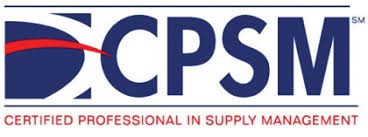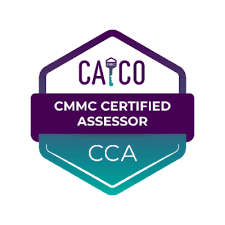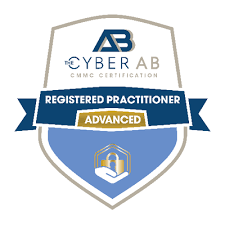Defining the Line: Understanding CMMC Scope and Boundaries
Luis G. Batista C.P.M., CPSM

When it comes to CMMC readiness, few areas cause more confusion or more assessment delays than defining scope. The question every defense contractor eventually faces is simple: What exactly is in scope for CMMC, and how do I prove it?
Defining your scope and system boundaries is not just a documentation exercise. It determines how much of your environment will be inspected, how long your assessment will take, and how costly remediation becomes. Getting this right early can save your organization months of rework and thousands of dollars.
What “Scope” Means in CMMC
In CMMC, scope refers to every system, device, and process that stores, processes, or transmits Federal Contract Information (FCI) or Controlled Unclassified Information (CUI).
That includes not only your file servers or cloud storage but also the systems that support or control access to that data such as identity management, remote administration, or network monitoring tools.
A useful rule of thumb:
If it touches CUI or touches something that touches CUI, it is in scope unless you can prove otherwise.
Organizations often underestimate this connection. For example, a shared Active Directory instance or backup system can inadvertently pull your entire corporate network into scope if it is not properly segmented.
Why Boundaries Matter
Boundaries define where your CUI environment begins and ends. A clear boundary limits exposure and keeps your assessment focused on what truly matters.
Boundaries can be:
Physical such as isolated servers or dedicated workstations
Logical such as separate domains, VLANs, or cloud enclaves
The goal is simple: contain CUI within a defined and protected enclave. The clearer your boundaries, the easier it is to defend your scope and the less likely auditors will expand it into unrelated systems.
What Auditors Look For
C3PAO assessors and DoD reviewers will expect clarity on three points:
What’s in scope?
Systems that handle or secure CUI directly.What’s out of scope, and why?
Systems separated by both technical and procedural controls.How is the boundary enforced?
Evidence of firewalls, VLANs, access controls, and identity separation.
They will ask to see proof, not just statements. That means network diagrams, data flow maps, configuration documentation, and access control policies that align with what exists in your environment.
Common Mistakes When Defining Scope
Over-scoping everything
Some companies assume all systems are in scope, leading to unnecessary workload and cost. With proper segmentation, HR, accounting, or marketing systems can often remain out of scope.Under-scoping shared services
Shared authentication, backup, or monitoring solutions can bring otherwise isolated systems back into scope if they connect to the CUI enclave.Assuming cloud equals compliant
Moving data to GCC High or GovCloud does not automatically create a compliant boundary. The endpoints, identity providers, and access paths still matter.Failing to document exclusions
Simply saying “this system is out of scope” is not enough. You must explain why and show evidence of isolation.
Out of Scope Does Not Mean Out of Sight
Even systems you exclude must be acknowledged in your documentation. Auditors will ask:
“Why is this excluded, and how do you know it cannot impact CUI?”
If you cannot answer that confidently or show supporting network diagrams, those systems might be pulled back into scope during assessment.
Your System Security Plan (SSP) should clearly list all exclusions, include the rationale for each, and describe the controls that enforce those separations.
How to Define and Defend Your Boundary
Here is a simple five-step framework you can use:
Map your data flows
Identify how CUI enters, moves through, and exits your environment.Create an asset inventory
Label each asset as in scope, out of scope, or a boundary system.Segment your network
Use VLANs, firewalls, or dedicated domains to isolate your CUI environment.Document everything
Keep updated diagrams and boundary descriptions inside your SSP.Test and monitor
Validate that segmentation and access controls actually work as intended.
With tools like CyberComply, this process can be automated, helping organizations generate, maintain, and defend their scope documentation with confidence.
Final Thoughts
CMMC compliance is not only about implementing security controls. It is about proving you understand where those controls apply.
Defining your scope and boundaries early allows you to focus resources, reduce audit stress, and demonstrate maturity to your assessors.
At Armada Cyber Defense, we help defense contractors map their CUI environment, isolate their boundaries, and prepare for CMMC assessments with precision.
If you are unsure where your boundary begins, that is the perfect place to start.
CyberComply
+1 (305) 306 - 1800
©2023 Armada Cyber Defense LLC (ACD), DBA CyberComply, ALL RIGHTS RESERVED. ACD is a for profit entity, not associated with the Small Business Development Center (SBDC), Apex Accelerators, Florida International University (FIU), the Small Business Administration (SBA), the Department of Defense, (DOD), or any of their stakeholders
Simplifying CMMC certification for defense contractors through automation and expert guidance.






